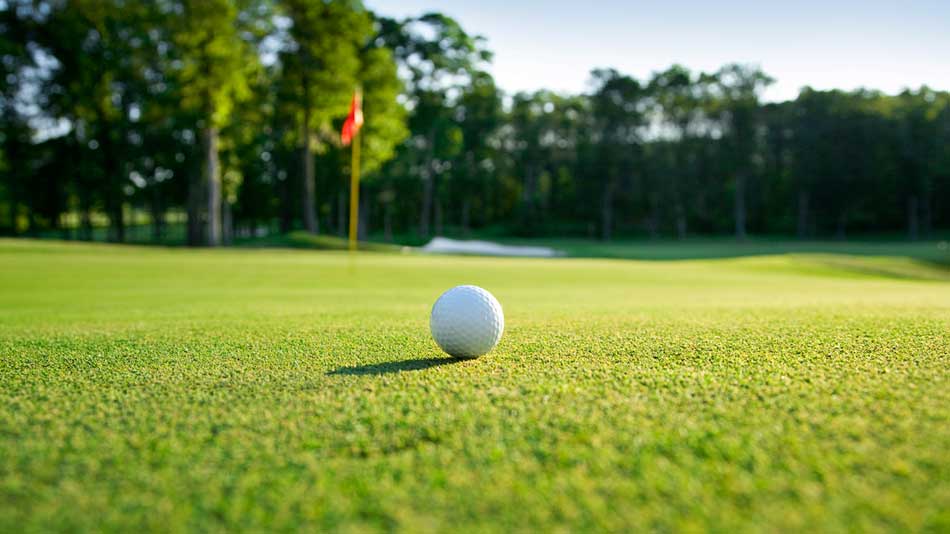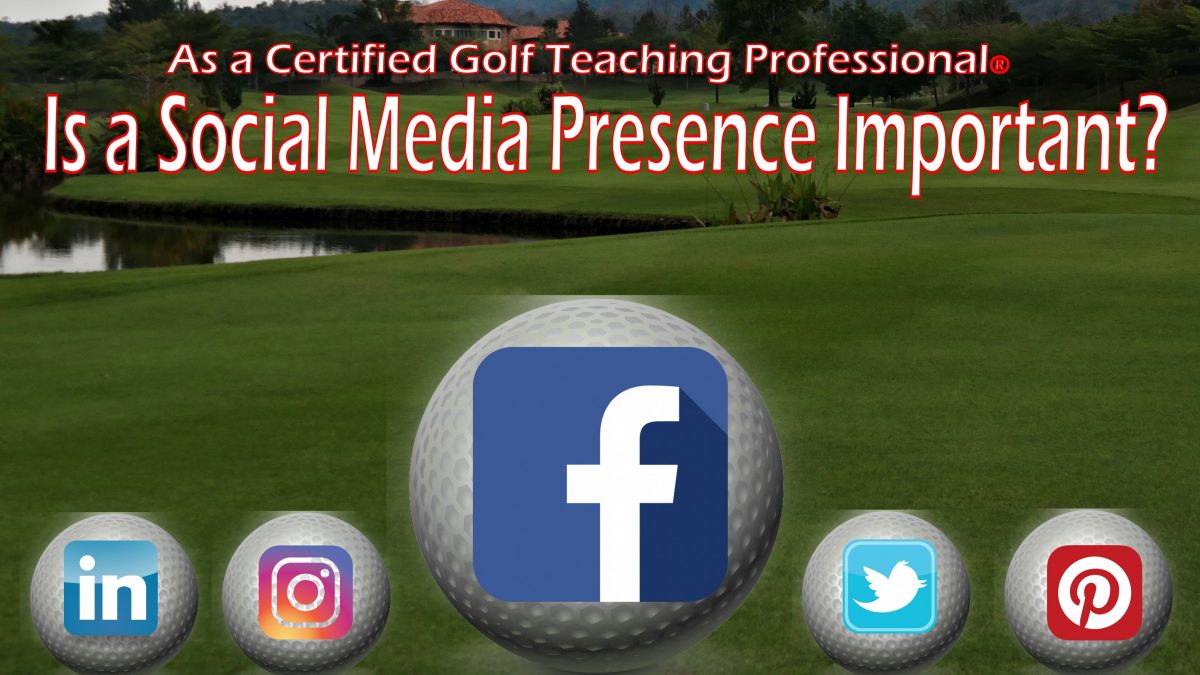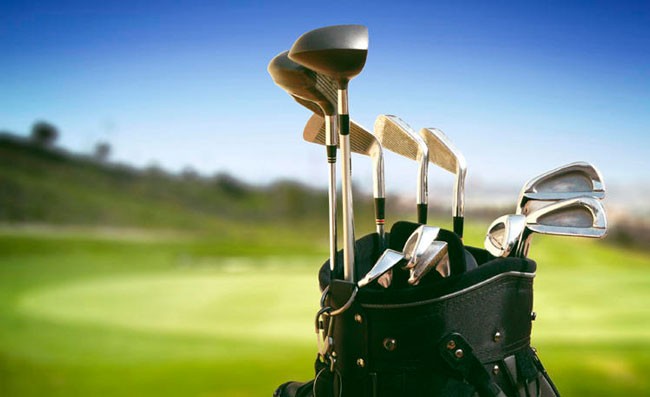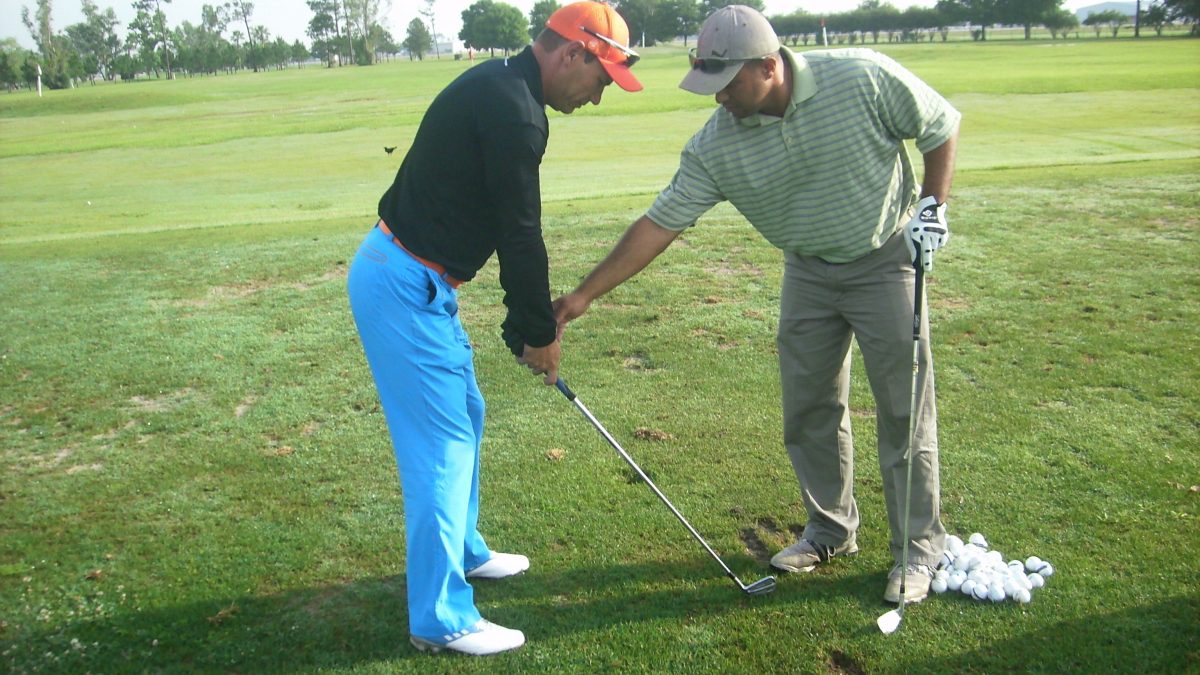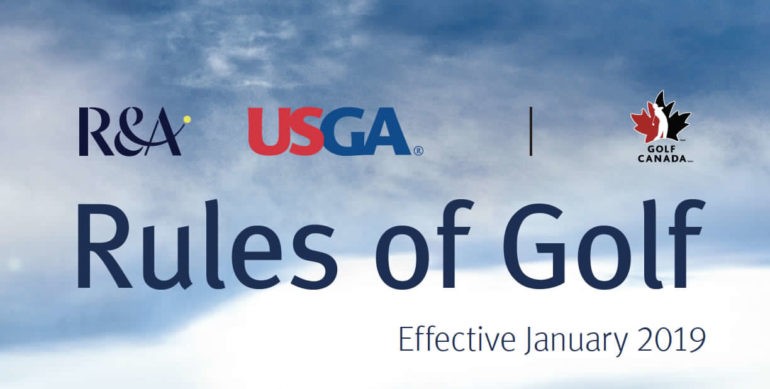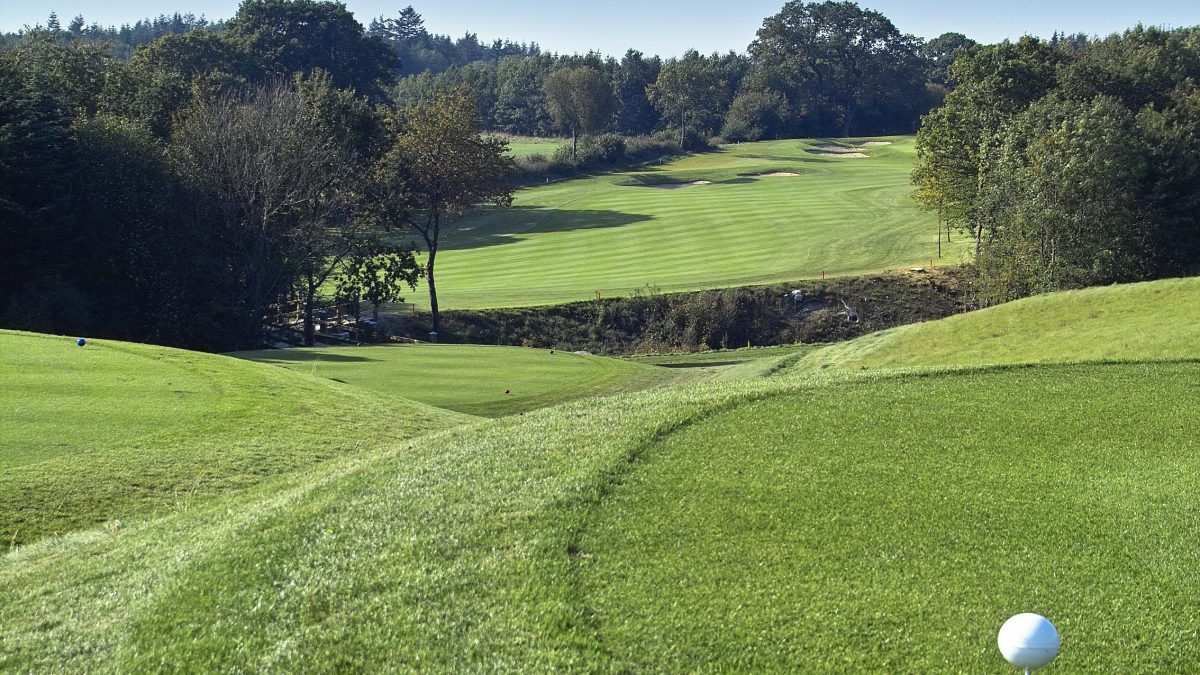What’s Your GPA?…And The Myth Of Modern Technology
Some of today’s golf instructors have gone over the top with the use of technology, terminology, and their claim to science. To be clear, I am a science guy. I have a degree in science. I have always loved mechanics, engineering and science. However, when you hear or read some of the propaganda that is being promoted by some of the “Top Teachers,” it is almost laughable. The invented terminology about the golf swing would make almost any true scientist or engineer cringe. This phenomenon continues to perpetuate. Many of these instructors seem to enjoy listening to themselves expound on their knowledge and their level of scientific expertise.
I have witnessed instructors rattling off launch monitor numbers to golfers (including many Tour players) who couldn’t care less about spin rates, angle of approach, and the D-plane. As someone who was secretly working with the so-called D-plane over 30 years ago, I certainly am a fan of the science. I have been involved in several projects on the very subject and was an early proponent (so was Ben Hogan over 70 years ago). But, in most cases, such information should be kept in reserve and should not be relayed to students or clients.
Brooks Koepka, one of the top PGA Tour players today, recently said that he bought a launch monitor and used it only once. Koepka is an athlete and is known for some serious workout routines. For his golf practice routine, he said that he basically takes his mobile phone and videos a few swings. Then, he monitors and works on grip, posture and alignment. That is all he basically works on for mechanics. If you go to any PGA Tour event, most of the players are monitoring these three things during practice sessions.
Golf is a reaction sport, the same as shooting a basketball, throwing a ball, hitting a baseball, or playing tennis. If a player tries to think about too many moves or positions, speed and quality of contact diminishes. With my students, we spend a lot of time on the process of proper grip, posture, and alignment (GPA). We work on methods to make this repetitive. All of this happens before the clubhead begins to swing.
Launch monitors are great and I love the data. But if you ask most golfers, including Tour players, they just want to perform to some expectation. They do not need terminology or data or the P-6 position. They really do not care. They just want a process to get the ball somewhere down the fairway, on the green, and in the hole.
Remember, as golf instructors we must always embrace technology and science. That being said, temper the science and use it for your own knowledge. The golf swing is not static. Work on the swing being more reactionary. Does everyone have the same grip, posture, and alignment? Of course not! Our job as golf instructors is to maximize each individual student’s physical parameters to achieve the best and most consistent results.
By the way, how is your GPA?

